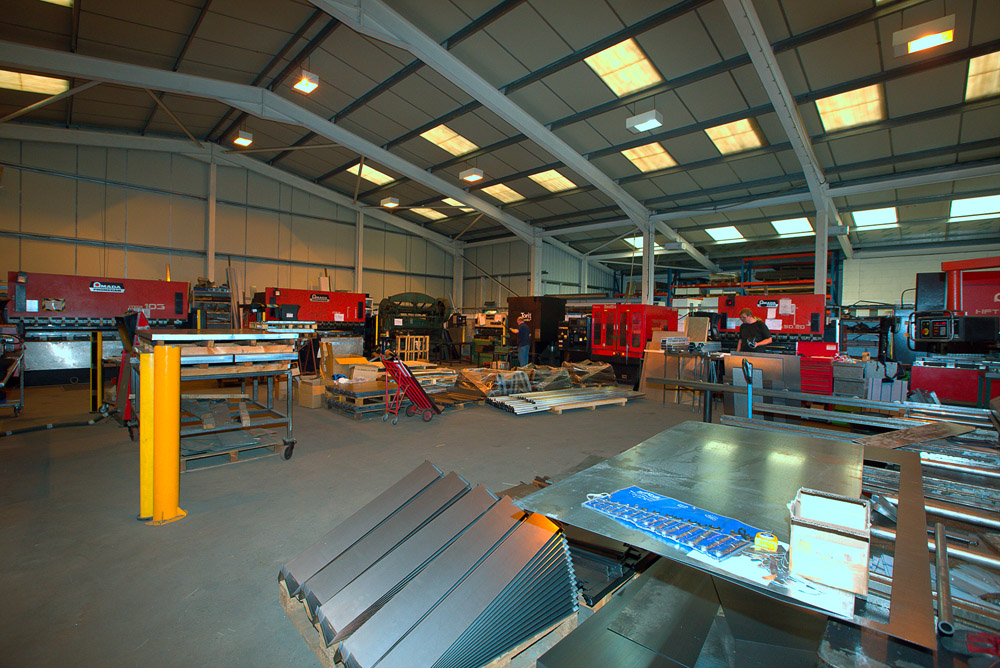Sheet Metal Fabrication
Here at Beckwith Engineering we offer a wide range of sheet metal fabrication services.
Our modern factory is equipped with the latest machinery enabling us to provide fast and discreet subcontract engineering to all kinds of industries.
The sectors we work for include:
- Healthcare
- Medical
- Museums
- Construction
- Retail
- Architectural
- Automotive
- Hospitality
- Railway
What is sheet metal fabrication?
Sheet metal fabrication is the process of creating metal parts and components by cutting, bending, welding and assembling sheets of metal. It’s a versatile process that can be used to create a wide variety of parts and components, and it’s used in a variety of industries, from automotive to aerospace.
There are a few different methods of sheet metal fabrication, and the best method for your project will depend on the design of your parts and the properties of the metal you’re using. In this article, we’ll give you an overview of the most common methods of sheet metal fabrication and their applications.
Firstly, a CAD file of the parts would be created, either supplied by the client or created ourselves using solidworks or DXF files.
Once the design has been approved, the parts can be flattened, saved as dxf files and imported into either a CNC laser or CNC punch, ready for cutting. Both methods are extremely accurate to 0.20mm.
Laser cutting is quicker, cleaner and more versatile while CNC punching can be cheaper but also gives the option to create forms and louvres.
Bending is the next process in sheet metal fabrication, this is done using a CNC press brake to create features such as flanges, safe edges, joggles etc., sheet metal can also be rolled into cylinder or a radius.
Usually, after folding, we would add fasteners if required, these are installed into the sheet using a press, these could be press studs, standoffs, nut serts, or hank bushes.
The sheet metal parts can then be assembled, either by welding, (tig or mig) or by riveting.

